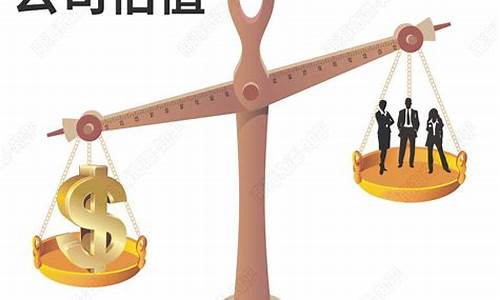Introduction to Evaluating Translation Companies' Pricing Tables
When selecting a translation company for your business or personal needs, understanding their pricing structure is crucial. The cost of translation services can vary significantly based on several factors, including language pair, complexity of the content, turnaround time, and additional services offered. This article aims to provide a comprehensive guide on how to assess and interpret pricing tables provided by translation companies, ensuring you make informed decisions.
Key Factors to Consider

When reviewing a translation company's pricing table, start by examining the base rate per word or per hour. This rate forms the foundation of their pricing structure. Next, look for any additional costs such as rush fees for urgent projects, fees for specialized terminology or industry-specific jargon, and charges for formatting or desktop publishing services if needed. Understanding these additional costs upfront can prevent surprises in the final invoice.
Comparing Pricing Models
Different companies may use various pricing models, such as tiered pricing based on the complexity of the text, volume discounts for large projects, or subscription-based pricing for ongoing translation needs. Compare these models to determine which aligns best with your budget and requirements. Additionally, inquire about minimum charges per project or any hidden fees that may not be explicitly listed on the pricing table.
Conclusion
In conclusion, evaluating a translation company's pricing table involves more than just comparing numbers. It requires a thorough understanding of the factors influencing costs and how they align with your specific needs. By focusing on transparency, comprehensiveness, and clarity in pricing, you can select a translation partner that offers not only competitive rates but also reliable service and quality. Remember, the ultimate goal is to find a balance between cost-effectiveness and linguistic excellence to meet your translation goals efficiently.



